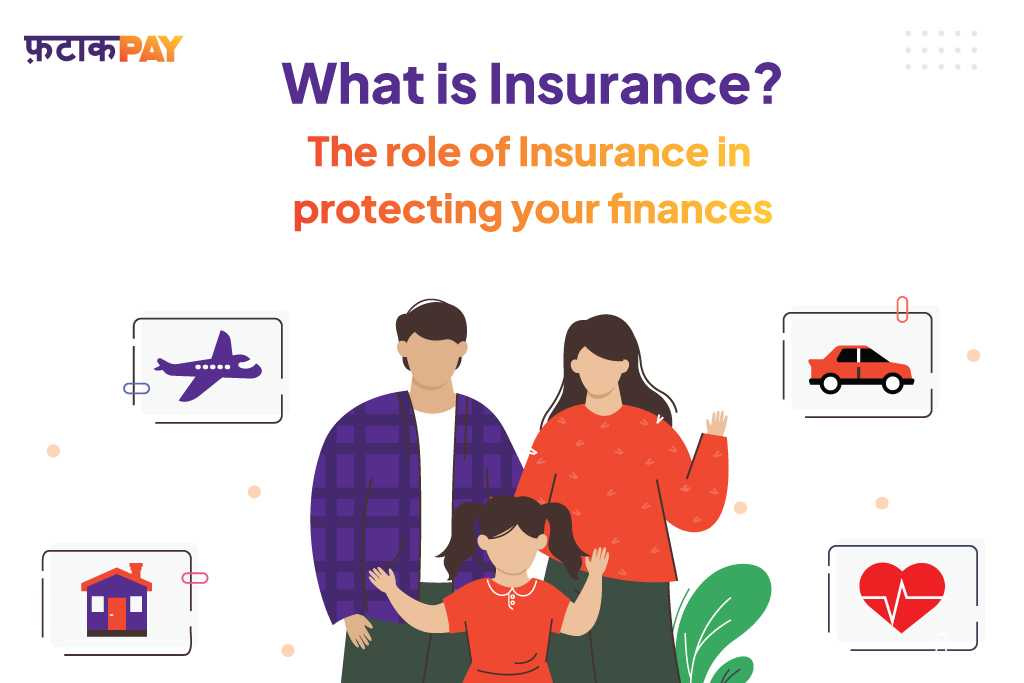What Does Pacific Prime Mean?
What Does Pacific Prime Mean?
Blog Article
The Best Strategy To Use For Pacific Prime
Table of ContentsAbout Pacific PrimePacific Prime for DummiesThe 5-Second Trick For Pacific PrimeUnknown Facts About Pacific PrimeFacts About Pacific Prime Uncovered

This is since the information were collected for a duration of strong economic efficiency. Of the approximated 42 million individuals that were without insurance, almost concerning 420,000 (about 1 percent) were under 65 years old, the age at which most Americans become qualified for Medicare; 32 million were grownups between ages 18 and 65, around 19 percent of all grownups in this age; and 10 million were children under 18 years old, concerning 13.9 percent of all children (Mills, 2000).
These price quotes of the number of individuals without insurance are generated from the yearly March Supplement to the Current Population Study (CPS), conducted by the Demographics Bureau. Unless otherwise kept in mind, nationwide quotes of people without medical insurance and percentages of the populace with different type of insurance coverage are based on the CPS, the most widely utilized resource of price quotes of insurance policy protection and uninsurance prices.
The Best Guide To Pacific Prime

Still, the CPS is particularly helpful because it produces yearly estimates reasonably quickly, reporting the previous year's insurance coverage approximates each September, and due to the fact that it is the basis for a regular set of estimates for more than 20 years, permitting evaluation of fads in coverage in time. For these reasons, along with the extensive use the CPS in various other research studies of insurance protection that exist in this record, we depend on CPS estimates, with constraints kept in mind.

The estimate of the variety of uninsured individuals broadens when a population's insurance standing is tracked for a number of years. Over a three-year duration beginning early in 1993, 72 million people, 29 percent of the united state populace, lacked protection for a minimum of one month. Within a single year (1994 ), 53 million individuals experienced a minimum of a month without coverage (Bennefield, 1998a)
6 out of every 10 uninsured grownups are themselves utilized. Working does improve the chance that one and one's family members will certainly have insurance coverage, it is not a guarantee. Also members of families with 2 full-time breadwinner have practically a one-in-ten opportunity of being without insurance (9.1 percent without insurance price) (Hoffman and Pohl, 2000).
Pacific Prime - Questions
New immigrants account for a considerable percentage of individuals without medical insurance. One analysis has actually attributed a significant part of the current development in the dimension of the united state without insurance population to immigrants who showed up in the nation in between 1994 and 1998 (Camarota and Edwards, 2000). Recent immigrants (those who involved the USA within the past 4 years) do have a high rate of being uninsured (46 percent), but they and their youngsters make up simply 6 percent of those without insurance coverage across the country (Holahan et al., 2001).
The connection in between medical insurance and accessibility to care is well developed, as documented later in this phase. The relationship between wellness insurance policy and wellness end results is neither straight nor easy, an extensive medical and health solutions research study literature links health and wellness insurance coverage to better accessibility to care, much better high quality, and improved individual and population health condition.
Levels of analysis for checking out the effects of uninsurance. It concentrates specifically on those without any wellness insurance coverage for any length of time.
A Biased View of Pacific Prime
The problems encountered by the see underinsured are in some areas similar to those faced by the uninsured, although they are usually less severe. Health and wellness insurance policy, nevertheless, is neither required nor enough to acquire access to clinical solutions. The independent and direct result of health and wellness insurance policy protection on access to wellness services is well established.
Others will certainly obtain the healthcare they need also without health and wellness insurance coverage, by paying for it expense or seeking it from providers that offer treatment free or at highly subsidized rates. For still others, medical insurance alone does not ensure invoice of care due to other nonfinancial obstacles, such as a lack of health and wellness treatment service providers in their area, limited access to transport, illiteracy, or etymological and social differences.
Top Guidelines Of Pacific Prime
Official study about uninsured populaces in the United States dates to the late 1920s and very early 1930s when the Committee on the Cost of Medical Care produced a series of reports about funding physician workplace check outs and hospital stays. This issue became prominent as the varieties of clinically indigent climbed up during the Great Clinical depression.
Report this page